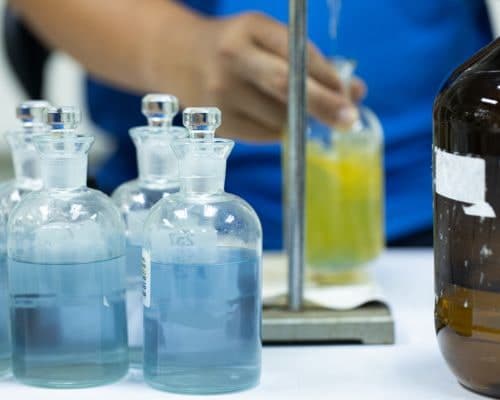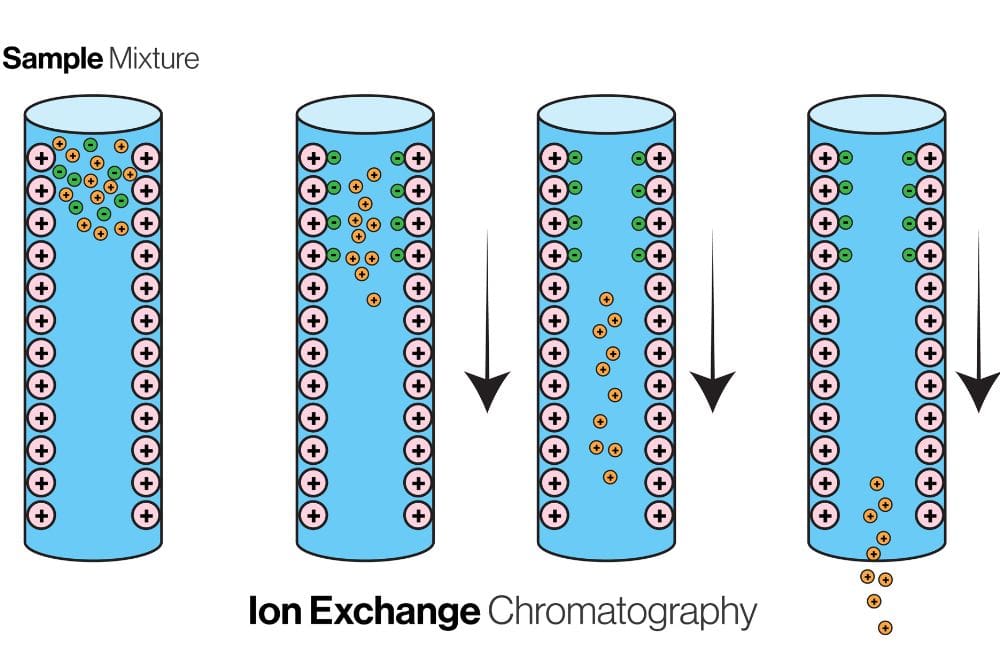Home » Water Treatment Systems
Water treatment systems
Water treatment systems provide numerous technologies to purify source water into potable drinking water. This involves disinfecting water and ensuring you get high-quality drinking water to suit your needs.
The most efficient water treatment systems
Membrane filtration
Membrane filtration is an efficient method that selectively allows water molecules to pass through while removing contaminants. This filtration is a separation method that doesn’t use chemicals and uses pressure to demineralize water free from particles and microorganisms.
You can use the water for various uses such as drinking, in the laboratory, rinse water, cooling water, heating water, boiler water, and process water. This filtration includes reverse osmosis and nanofiltration.
Reverse osmosis
Reverse osmosis units (RO) produce demineralized water without using chemicals. They remove microorganisms and organic substances from water to make it pure. RO uses semipermeable membranes to ensure optimized water quality.
The process uses pressure to push water molecules through the semipermeable membrane, separating water molecules from the particles and dissolved salts. You can check if your water is suitable for the process using the Silt Density Index (SDI) to measure the fouling potential of suspended solids.
Disinfection of water
Disinfection of water involves methods that remove harmful and unwanted particles from water, for instance, ultraviolet (UV) disinfection systems. The system uses UV light to reduce microbiological growth in water that kills bacteria, fungi, and algae without leaving by-products or affecting the taste and water quality.
UV systems are suitable because they have low energy consumption, and you can easily acquire spare parts. These lamps don’t use much energy and are incredibly beneficial.
Other ways to disinfect water that filter out dangerous microorganisms include chlorine disinfection, chlorine dioxide disinfection, chloramination, and ozone disinfection.
Electrodeionization of water
Electrodeionization is used after RO to remove the dissolved ions that contribute to taste and quality to ensure you have refined and pure water with no regeneration downtime. The method ensures it polishes demineralized water to obtain low conductivity levels and silica.
The system is an alternative to a conventional mixed bed polisher. This method is used in boiler-feed water at power and heat plants and in process water within the electronic industry, pharmaceutical industry, laboratories, and hospitals. Its advantage is that it also doesn’t use chemicals to purify water.
Filtration of water
Transforming source water to safe drinking water requires filtration steps that remove impurities at each level. The process produces drinking water from ground sources using a pressure filter with different filter media layers that collect minerals and mechanical impurities.
The filtration system is functional in water treatment as a pre-treatment unit or at the end of a water treatment plant. You can use different filtration systems such as pressure, activated carbon, and bag filters.
Ion exchange
Ion exchange is a method that is used to demineralise or soften water. You can use various units to achieve these, including softening, demineralization, mixed bed on-site regeneration, mixed bed off-site regeneration, and dealkalisation.
Dearation of water
Dearation is a process that involves removing dissolved oxygen from water. The water treatment system also reduces the water’s carbonic acid and air content to avoid corrosion.
You can use the following methods:
- CO₂ degasser, which removes carbon dioxide.
- Membrane degasser, which also removes carbon dioxide and oxygen from water without using a chemical treatment.
- Thermal dearator that reduces the oxygen content in feedwater for steam boilers.
- Vacuum dearators that remove nitrogen, carbon dioxide, and oxygen circulate water at heat and power plants.


Other water treatment systems
MED is a technique that uses multiple distillation stages to produce ultrapure water. It is efficient in removing impurities.
In this process, raw water passes through two stages of RO to further remove ions and particles.
CVD uses steam to distill raw water at high temperatures, producing ultrapure water with low energy consumption.
These systems use controlled pore size membranes to remove particles and microorganisms. They are effective in removing impurities.
Appreciating water treatment systems
Water treatment systems deliver pure and safe water that you can use. The best part is that they are free from contaminants and impurities as the technologies ensure they maintain the standard water quality.

